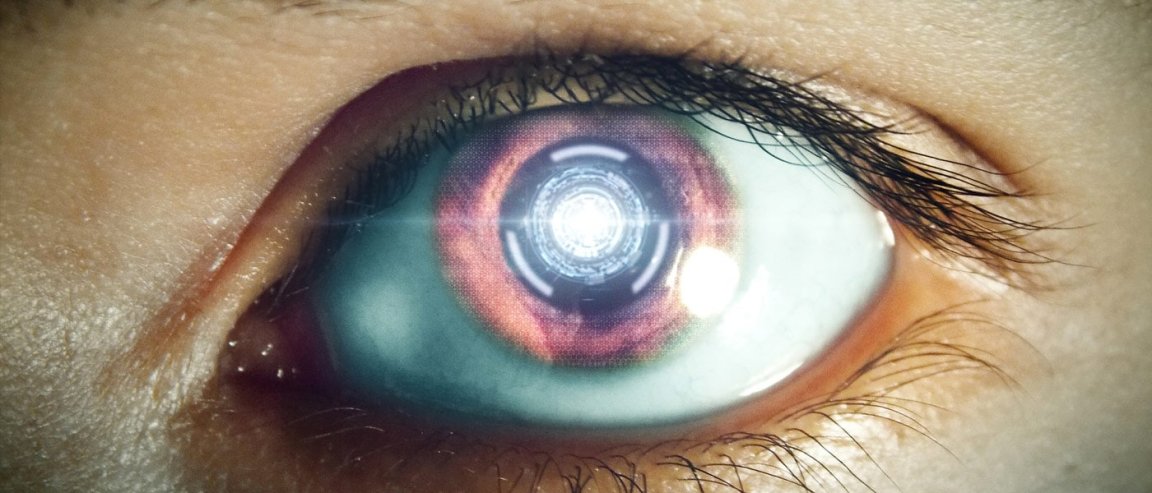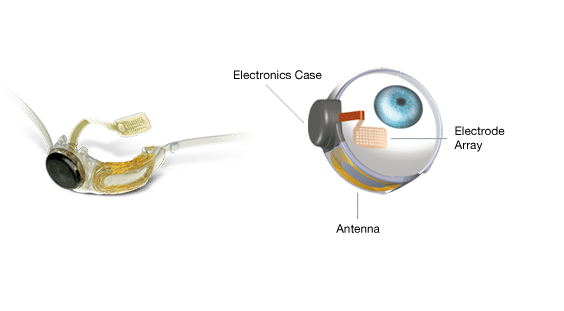
Restoring Sight To The Blind
Researchers have been innovating methods of restoring sight to the blind through a number of different ways. Now, a company is closer to bringing another device to the public with vision impairment. Second Sight, a developer and manufacturer of implantable visual prosthetics has successfully implanted the Orion I, in their first patient.
The Orion is a wireless visual cortical stimulator designed to restore sight to the blind. In a UCLA trial supported by Second Sight, a wireless multichannel neurostimulation system was implanted to a 30 year old patient’s visual cortex. The tests showed that the patient was able to perceive spots of light without any significant side effects.
The device itself is a slight modification to Second Sight’s other visual prosthetic, the Argus II. While the Argus II stimulates the remaining usable retinal cells of the eye itself, the Orion I seeks to bypass this by directly stimulating the visual cortex of the patient. Will McGuire, President and CEO at Second Sight says,“We believe this technology will ultimately provide a useful form of vision for the nearly six million people worldwide who are blind but not a candidate for an Argus II retinal prosthesis.”

Clinical Trials and Beyond
The trial’s success, combined with the gathering of major pre-clinical work, Second Sight is poised to submit an application to the US Food and Drug Administration (FDA) in early 2017 for the approval to conduct initial clinical trials for the device.
However, it could take a long while before this technology could be released into the general public, as the FDA usually has stringent tests regarding these medical devices. If this device gains FDA-approval, it could improve on the quality of life for numerous people affected by blindness. “The Orion I has the potential to restore useful vision to patients completely blinded due to virtually any reason, including glaucoma, cancer, diabetic retinopathy, or trauma,” Dr. Robert Greenberg, Chairman of the Board of Second Sight said.